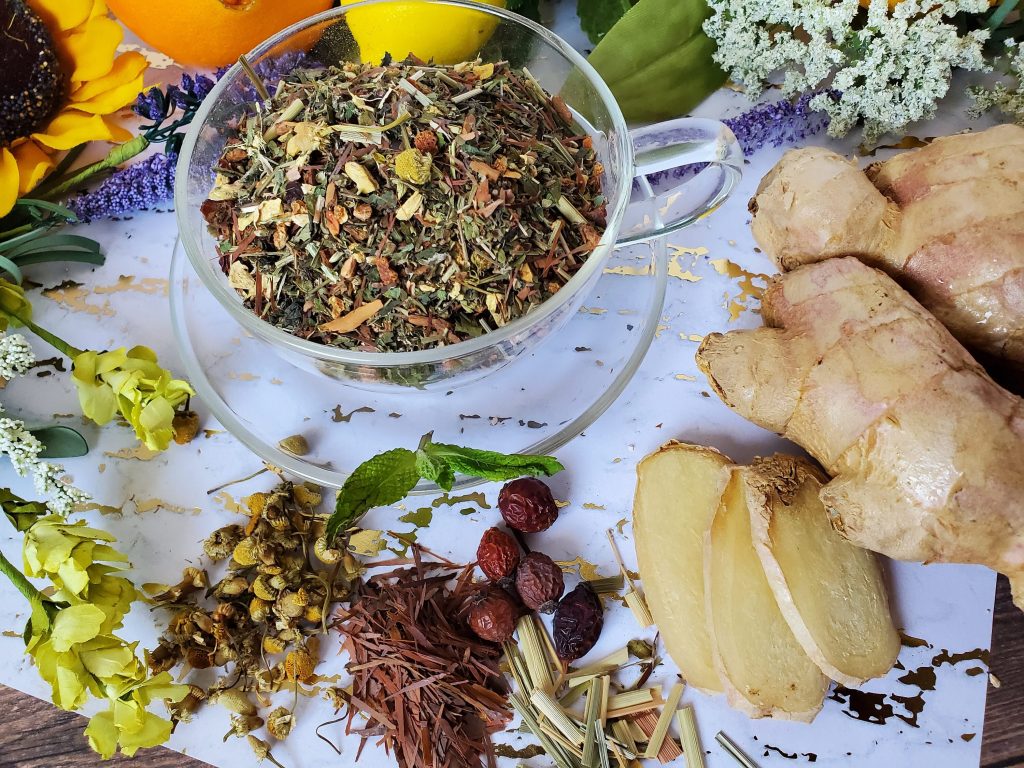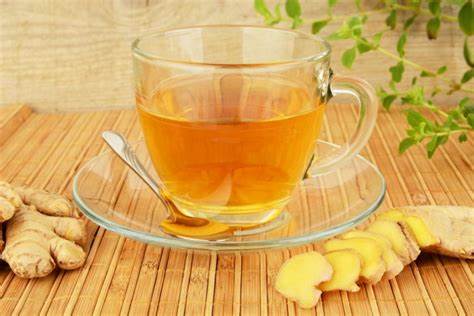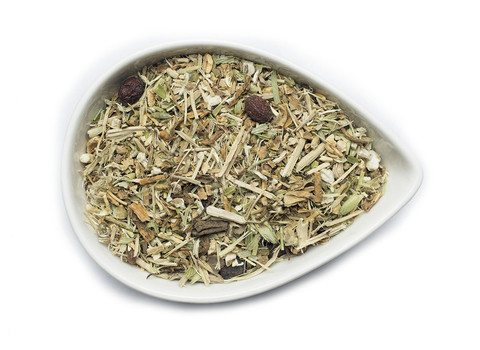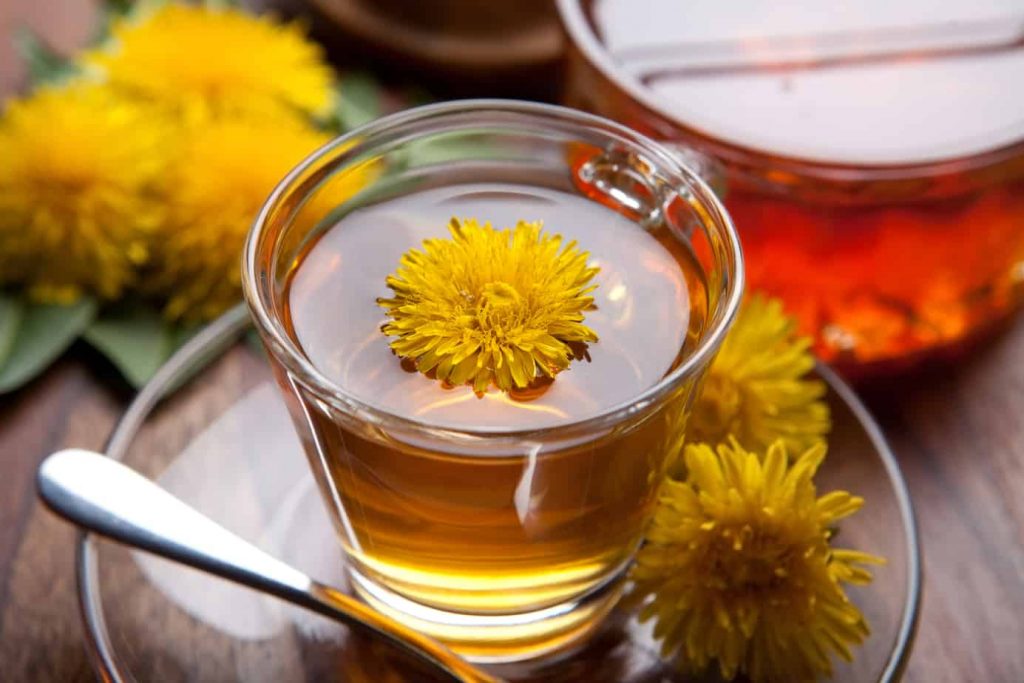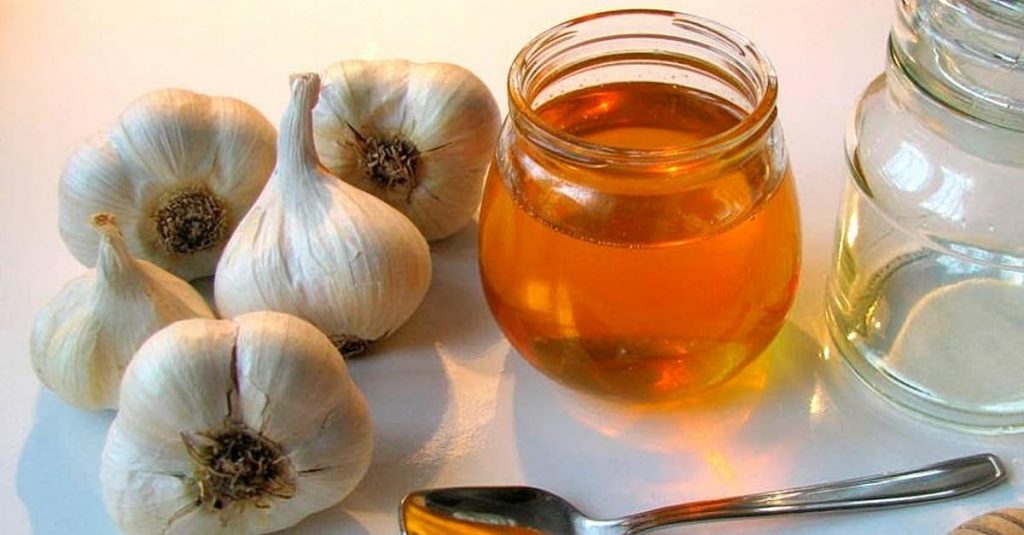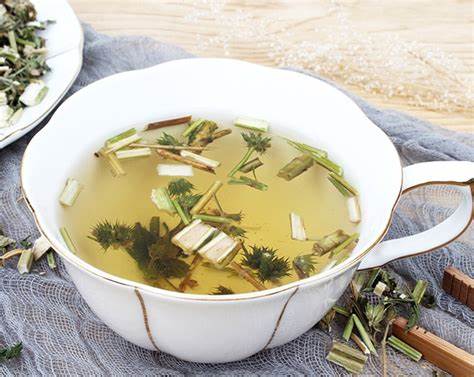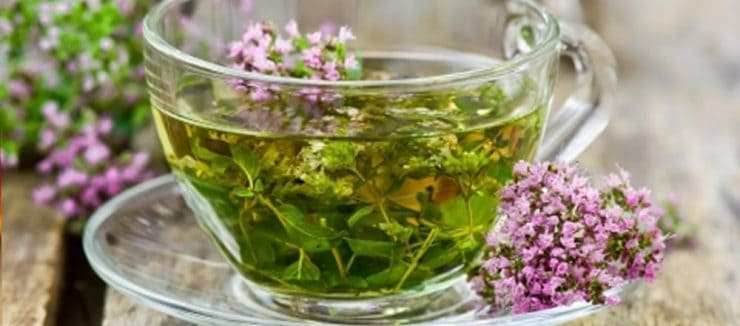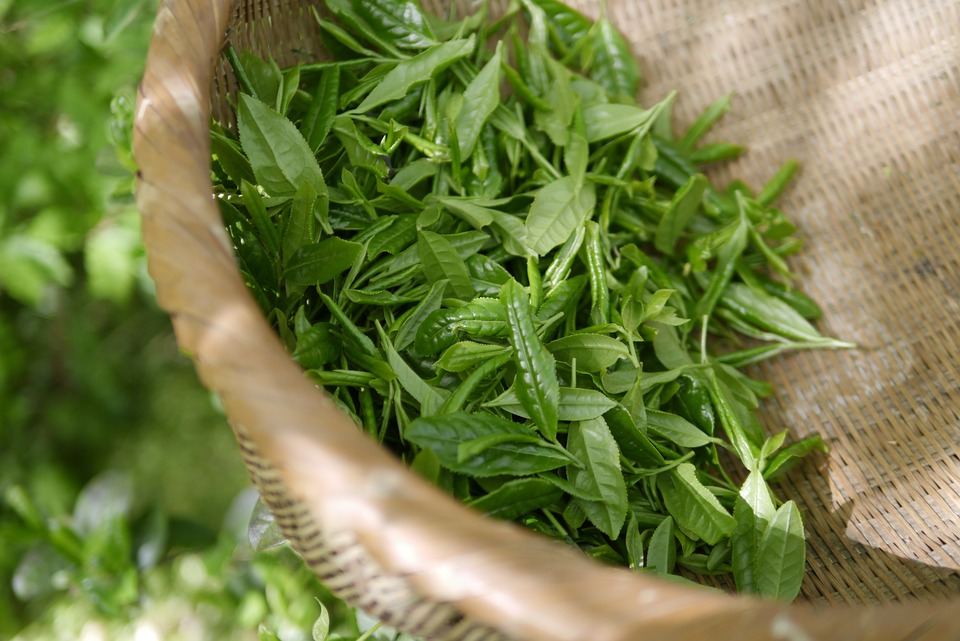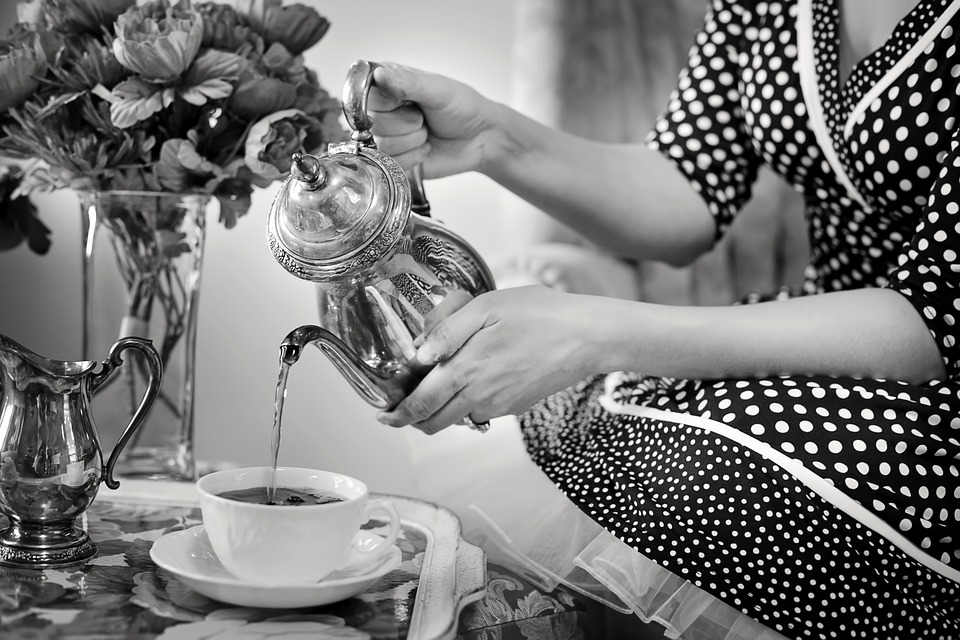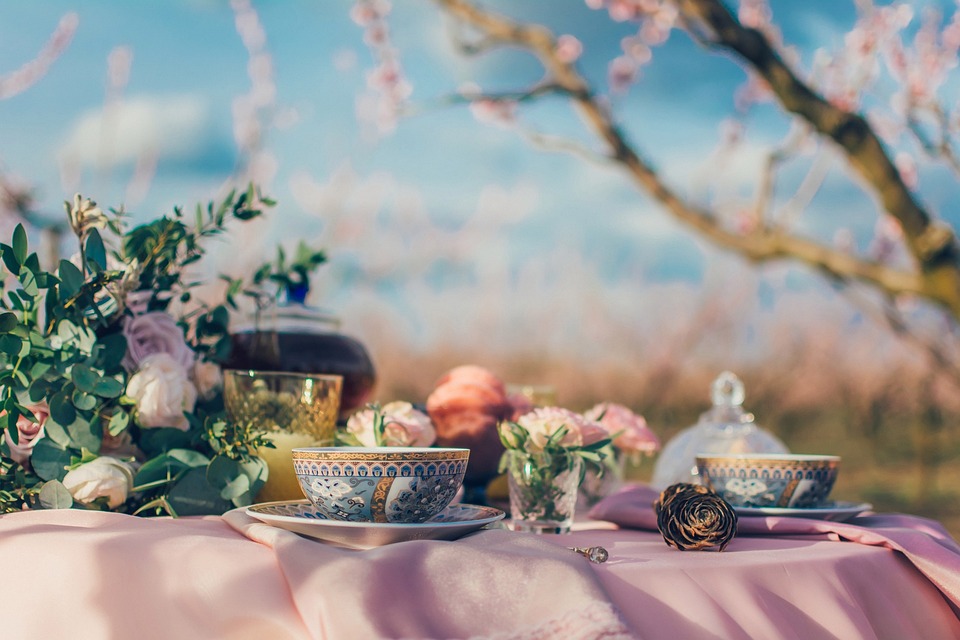Health Benefits of Green Tea
All from the same plant
Green Tea is made from the same plant as Black and Oolong Tea, Camellia Sinensis, but retains higher levels of antioxidants than black tea because the leaves are not processed similarly. This doesn’t mean drinking black tea does not contain any health benefits, indeed there have been many studies supporting the benefits of black tea including reducing cholesterol and cardiovascular disease.
Green tea and weight loss
One of the more topical health benefits of drinking green tea is the suggestion that consuming between 3 – 5 cups a day may help you ‘lose weight.’ Most studies referred to have been designed to test the effects of the antioxidant (catechin) either as a beverage or in the form of an extract. Results from studies performed to date suggest that green tea can help you to boost your metabolism and burn body fat., Experts agree the idea should not be to ‘lose weight as such but to burn excess body fat and increase muscle using a combination of regular healthy eating, weights, and exercise. As part of your healthy lifestyle, green tea can be a welcome addition to help you burn fat.
Burning fat, green tea research data
One study published in the Journal of Nutrition (1) examined the effects on 107 individuals consuming 625mg of catechin (about 5 cups of green tea per day) and a group who did not. The trial was over 12 weeks and was combined with 3 hours of moderate activity per week. The results showed that while the changes in overall fat levels between the two groups were similar, there was a significant reduction in abdominal fat for those consuming the 625mg catechin. In addition, it was found that levels of blood fats known as triglycerides were significantly lower too. As raised triglyceride levels can increase the risk of heart disease, this finding was a welcome bonus.
Green tea enhances metabolism
Another study published in the American Journal of Clinical Nutrition supported findings that catechin found in green tea significantly enhances the rate at which individuals metabolize fat.
Other suggested health benefits associated with green tea
The effects of the high antioxidants of green tea are being studied and any search on these topics will yield information. I have listed the main suggested health benefits of green tea as follows:
provides protection against cancer – although experts state evidence remains inconclusive
- helps prevent colds and flu symptoms
- helps prevent cardiovascular disease
- gives relief to menopausal symptoms
How much green tea do you need to drink?
Most experts suggest between 3 and 5 cups of green tea a day, The average cup of green tea contains between 80mg -100mg of catechin depending on the size of the cup and the strength of the tea.
Which green tea should you drink?
Quite simply, drink the ones you like! It’s important if you want to start drinking green tea as part of your healthy lifestyle that you find ones you enjoy. The quality of the tea is very important too. Here at Harrison Teas, we have a wide range of high-quality green and flavoured green teas. They all have different tastes so we’re confident if you try some, you’ll find ones you enjoy.
References
(1)Maki KC, et al. Green Tea Catechin Consumption Enhances Exercise-Induced Abdominal Fat Loss in Overweight and Obese Adults. J Nutr 2009 139: 264- 270.
(2) Venables MC, et al. Green tea extract ingestion, fat oxidation, and glucose tolerance in healthy humans. Am J Clin Nutr 2008;87:778-784
Khokhar S, et al. Total phenol, catechin, and caffeine contents of teas commonly consumed in the United Kingdom. J Agric Food Chem. 2002;50(3):565-70.
Nagao T, et al. Ingestion of a tea rich in catechins leads to a reduction in body fat and malondialdehyde-modified LDL in men. American Journal of Clinical Nutrition 2005;81(1):122-129
Sun J. Enzymatic Therapy, Inc., Green Bay, WI 54311, USA. jidong@enzy.com. Morning/evening menopausal formula relieves menopausal symptoms: a pilot study. Journal of Alternative and Complementary Medicine. 2003 Jun;9(3):403-9.
Anna H. Wu 1, Kazuko Arakawa 1, Frank Z. Stanczyk 2, David Van Den Berg 3, Woon-Puay Koh 4 and Mimi C. Yu 1. Tea and circulating estrogen levels in postmenopausal Chinese women in Singapore. Oxford Journals Life Sciences Carcinogenesis Volume 26, Number 5 Pp. 976-980.
Yokogoshi H, et al. (2001). Institute for Traditional Medicine (www.itmonline.org). Theanine effects on premenstrual syndrome. Amino Acid Supplements IV: Theanine. Subhuti D. Referencing: Proceedings of the Nogei Kagaku Kai, Bioscience, Biotechnology, and Biochemistry. 2001;75:166
greentea #oolongtea #camelliasinessis #healthbenefits #harrisonteas #walesteamerchant #greenteahealthbenefits
